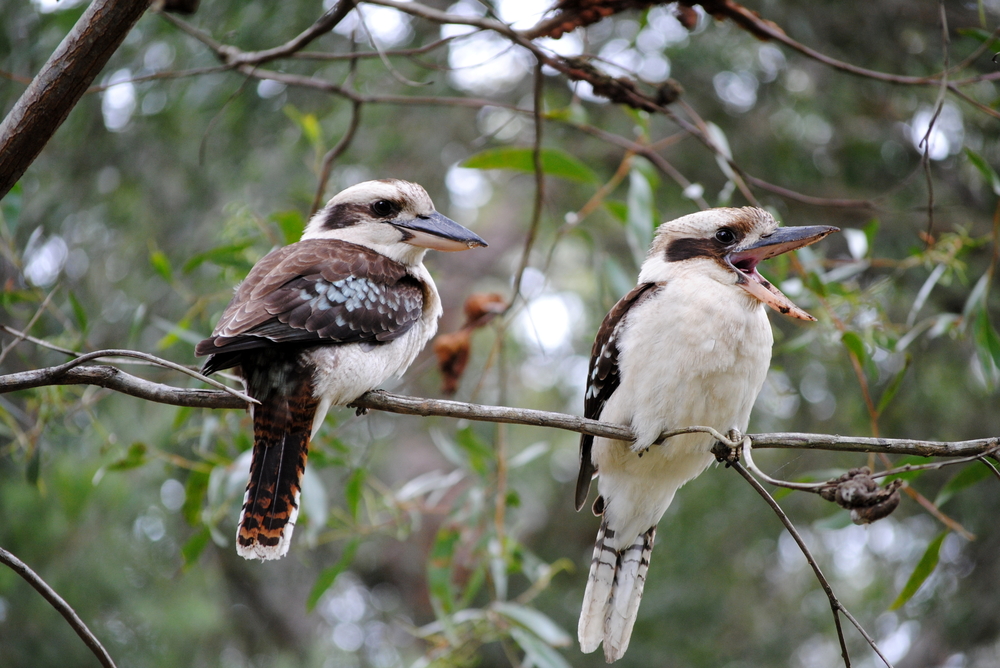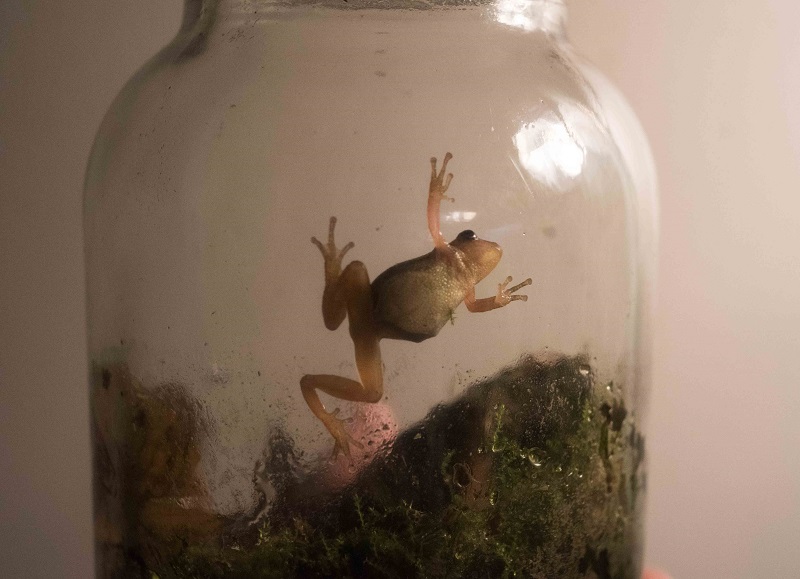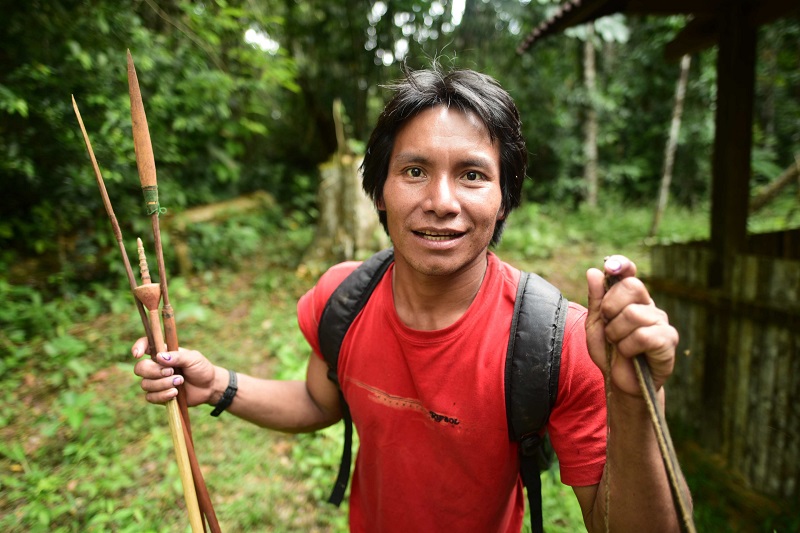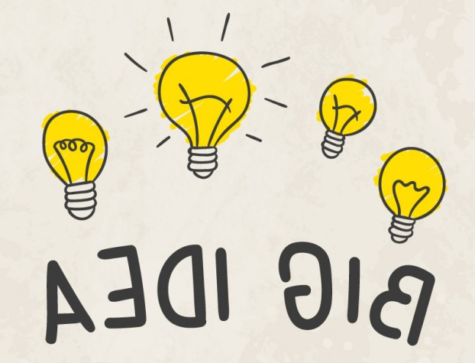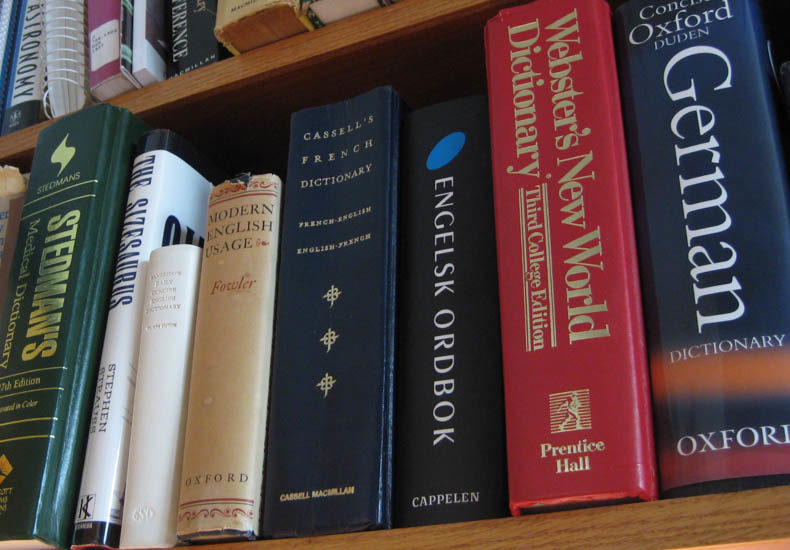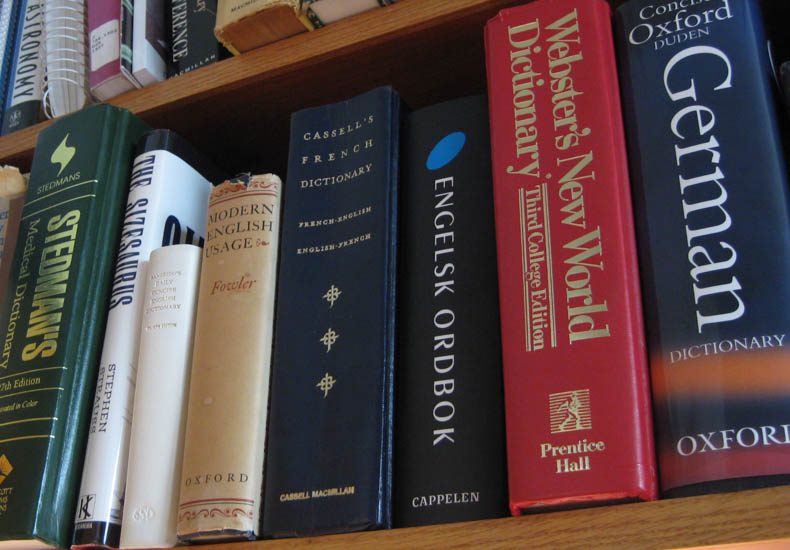This post first ran on September 26, 2012.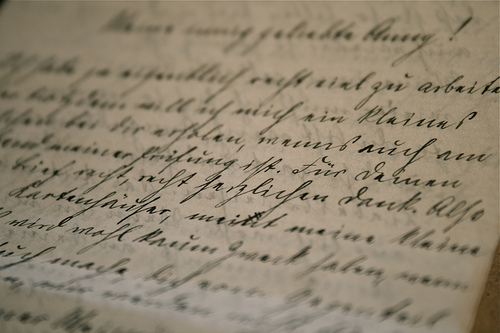 My mother sent me an old letter recently. It was a handwritten note scrawled across two pages that she’d written to her sister more than 30 years ago. My family had just moved to West Germany, where my dad was stationed in the Air Force, and in the letter Mom describes for her sister the tiny Eiffel village where we’d taken up residence. The letter’s contents are interesting in their own right, but its three-dimensional nature is what struck me first.
My mother sent me an old letter recently. It was a handwritten note scrawled across two pages that she’d written to her sister more than 30 years ago. My family had just moved to West Germany, where my dad was stationed in the Air Force, and in the letter Mom describes for her sister the tiny Eiffel village where we’d taken up residence. The letter’s contents are interesting in their own right, but its three-dimensional nature is what struck me first.
The letter was a physical object — a piece of paper that she’d scribbled upon and then neatly folded into an envelope and sent across the ocean to her sister in Kansas. It was a relic from a bygone age. In the age of email and text messaging, most correspondence no longer lives on scraps of linen that you can feel in your hands, but in the “cloud,” that nebulous modern ether. In fact, the letter Mom sent me was not the object itself, but a scan of it. I read it first on my phone, though I felt compelled to print it on paper for the second reading. Continue reading
